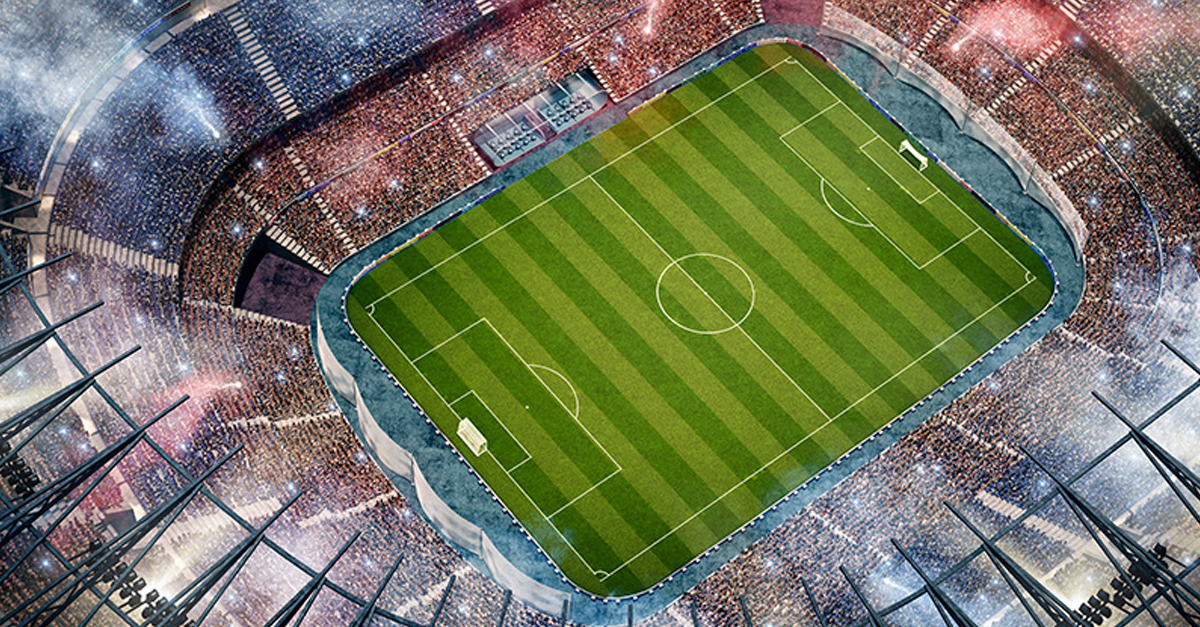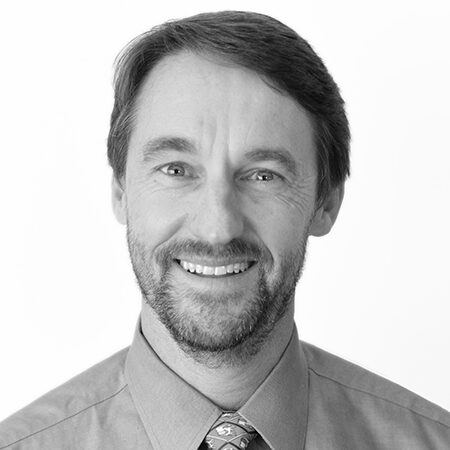The past few years have placed a great deal of pressure on stadiums, arenas, and other large venues to ensure protection for not only the public, but also the athletes and performers. Following the pandemic, the focus on cleaning and health became an even bigger focal point with the need to ensure that events continued to operate and deliver.
The global cleaning industry stands at a defining moment. With every stadium concert, championship game, and sold-out venue an opportunity arises—not just to clean, but to safeguard public health, enhance performance, and influence billions in spending. And the professionals who step up now will be the ones shaping what comes next.
As a former epidemic intelligence service (EIS) officer with the U.S. Centers for Disease Control and Prevention (CDC), I know the stakes. Our purpose as cleaning professionals is to protect human health. When we do our jobs right, nobody notices. And that’s how it should be.
But in 2025, doing it right means going far beyond appearances. We can no longer sell labor. We can no longer emphasize illusion. We must be data-driven. We have the standards and the science. Now we need to close the gap between what we do and what our customers think we do.
This is especially urgent when it comes to large venues. There are more than 500 stadiums in the U.S. that seat at least 10,000 people. That’s not just a cleaning job—that’s a massive public health responsibility and a multi-million-dollar business opportunity.
Air, water, and surfaces matter
I don’t just care about the spectators. Because of my work with professional sports teams, I care about the players. What’s the air quality in the locker room? What’s the water quality in the hot tubs? How clean are the surfaces in the team buses and in the corporate suites?
Why this focus? Because performance is on the line. Air quality affects precision and reaction time. Poor indoor air can increase errors among professional athletes. That’s measurable, and that’s powerful.
Everything from locker room air to bus cleanliness matters for professional sports teams. How many buses does it take to move a team? What’s the air quality like inside those buses? No one was measuring it, so I did. Every time I revealed the data, it was a wake-up call,
NFL quarterbacks and MLB pitchers make more mistakes when indoor air quality is poor. That’s a business case, not just a health one. When poor air means lower performance, that’s millions of dollars in lost value.
Clean air helps athletes win. Clean floors reduce injuries. Measurable outcomes equal repeat contracts.
The entertainment industry can be a surprising catalyst for change. For instance, Taylor Swift now includes cleaning protocols in her performance contracts. She demands sustainability and safety in the spaces she uses.
Innovation in cleaning
Most people have no idea what the cleaning industry does. They don’t know how clean or safe the indoor air is. They don’t understand what biofilms are. They don’t know that vacuuming the wrong way can release more particles than it removes.
This kind of narrow focus is what the cleaning industry must move away from. We must look at air, water, and surfaces together. That’s how we prevent—not just react.
We need to make the invisible visible. We need to start using ultraviolet (UV) light, adenosine triphosphate (ATP) meters, and particle counters to reveal the pathogens on surfaces. We need to start measuring volatile organic compounds (VOCs)—not just for science, but for storytelling. Show the client what they can’t see.
Biofilms, in particular, represent an area of massive opportunity and risk. They’re beautiful under a microscope. But they’re deadly in buildings. Biofilms—communities of microorganisms—are 100 times harder to remove than single organisms and are often resistant to disinfectants. Yet they’re rarely mentioned in cleaning training or invoices. That must change.
We must stop thinking of ourselves as just contractors. We’re managers of the built environment. We manage health and safety. And we have the skills, knowledge, and tools to do it.
The move from reactive cleaning to proactive health management begins with three steps:
- Measure everything: If you’re not measuring air, water, and surfaces, you’re just guessing.
- Train differently: Use real-world tools—UV light, particle counters, biofilm swabs—and make these tools part of everyday operations.
- Tell your story: Document what you do. Show evidence. Clients don’t know unless you show them.
Creating a global community of practice
We need to simplify cleaning jobs and support our frontline workers. To support this shift, ISSA is investing in community building. We’ve received US$1.2 million from the U.S. Environmental Protection Agency (EPA) to build a global community of practice, the Making Safer Choices Forum. This forum is working with 29 university professors to create videos, tools, and dashboards to help the cleaning professionals choose safer and more sustainable cleaning products.
Airports, universities, and stadiums have multi-million-dollar cleaning budgets. But often those budgets are being spent without informed decisions. That’s where the Making Safer Choices Forum comes in. Its resources are for everyone. Whether you’re cleaning airports, universities, or sports arenas, we want your story. We want to elevate the cleaning profession.
The time to evolve is now. Making safer choices in cleaning is vital. I urge industry professionals to stop waiting for the perfect time to evolve. The right time is now.
Click here to join the ISSA Making Safer Choices Community of Practice.



